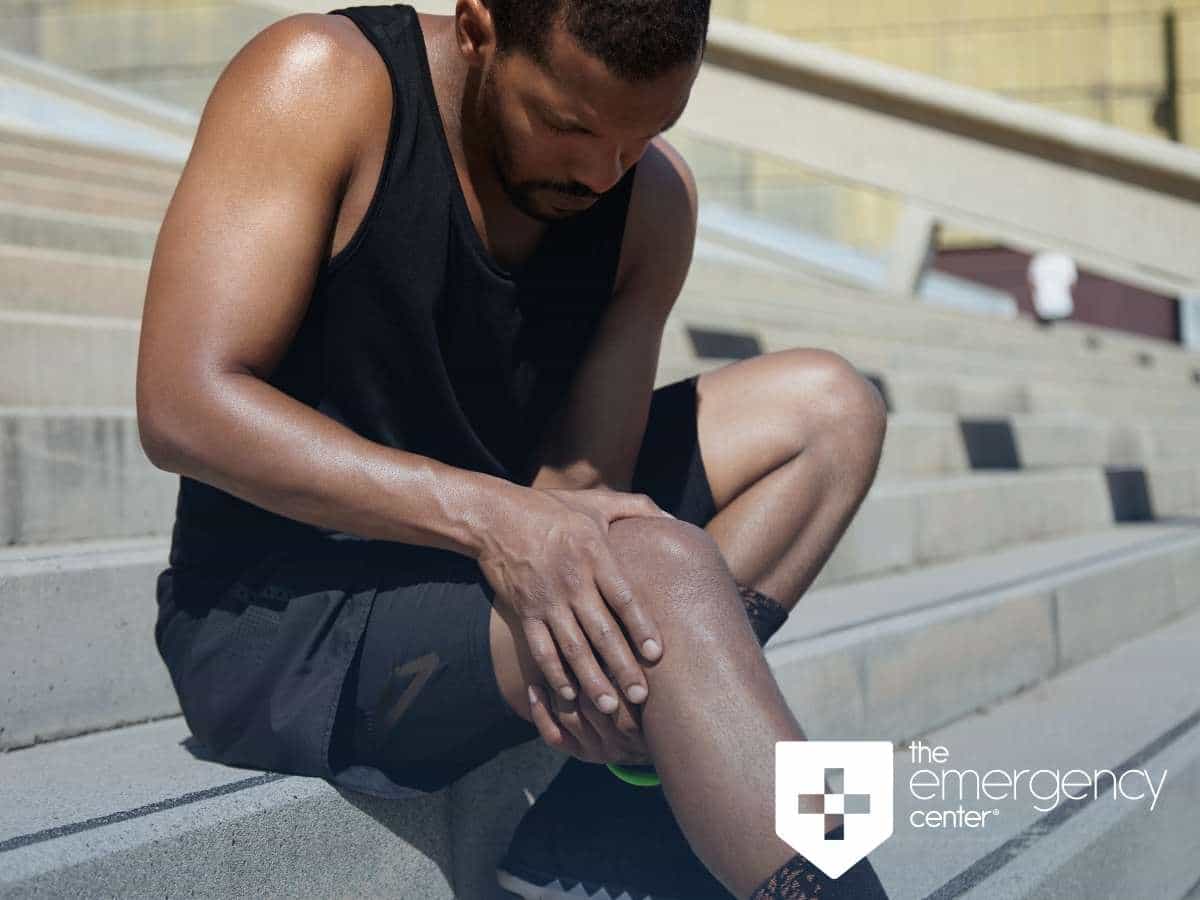Emergency Breaks & Sprains: When To Visit The ER
Do You Know The Difference Between Breaks & Sprains?
It is hard to tell the difference between breaks and sprains, because the symptoms are so similar, but there are a few distinguishing signs to keep in mind.

What Is a Sprain?
A sprain is when you damage the ligaments (the stretchy bands that hold your bones in place and help keep the joint stable). You usually hear a popping sound with a sprain.
What Is a Break?
A break is a fracture in the continuity of the bone, and you usually hear a cracking sound with a break.
What Are The Distinguishing Signs?
Even though initial symptoms may be similar, bone breaks are often more severe in nature and the recovery time is much longer. See symptoms below:
Symptoms Of Bone Breaks
- Bruising
- Pain with movement
- Swelling
- Tenderness (directly over bone)
- Limb is in an unnatural position (deformity)
- Movement in limb where there is no joint
- Bone protruding from skin
- Numbness or tingling
- Unable to use limb
- Unable to walk
- Recovery time may take up to 6 weeks to several months
Symptoms Of Sprains
- Bruising
- Pain with movement
- Swelling
- Tenderness (over soft tissue area)
- Recovery time is within days
The Emergency Center Is Equipped To Provide Broken Bone & Sprained Ankle Treatment 24/7
If ever in doubt about the extent of the injury, keep in mind that immediate emergency care is needed if the patient cannot walk more than 4 steps without excruciating pain or if the patient is experiencing numbness and tingling. Rest assured the emergency physician will evaluate the symptoms and the injury, then establish a treatment plan to ensure proper healing.
What Can You Do For Breaks & Sprains?
First and foremost, it is important to put the patient AT EASE:
Assess the extent of the injury as best you can.
Treat the injury like a bone break until you can get an x-ray.
Ease the patient’s mind with some tender loving care.
Apply ice (wrapped in a towel) to reduce swelling.
Splint and support injury with pillows and blankets.
Elevate injured part (if possible) to reduce swelling.


